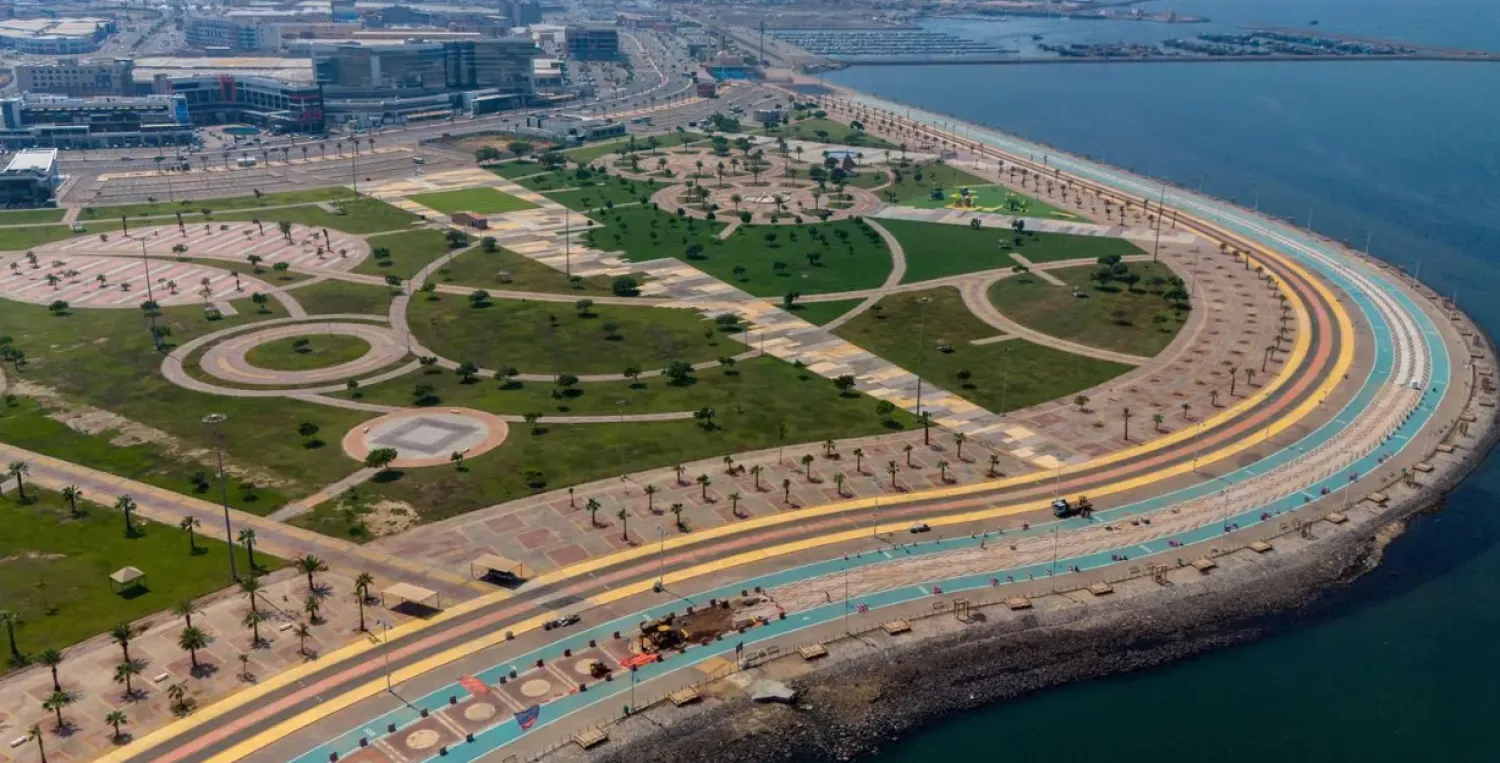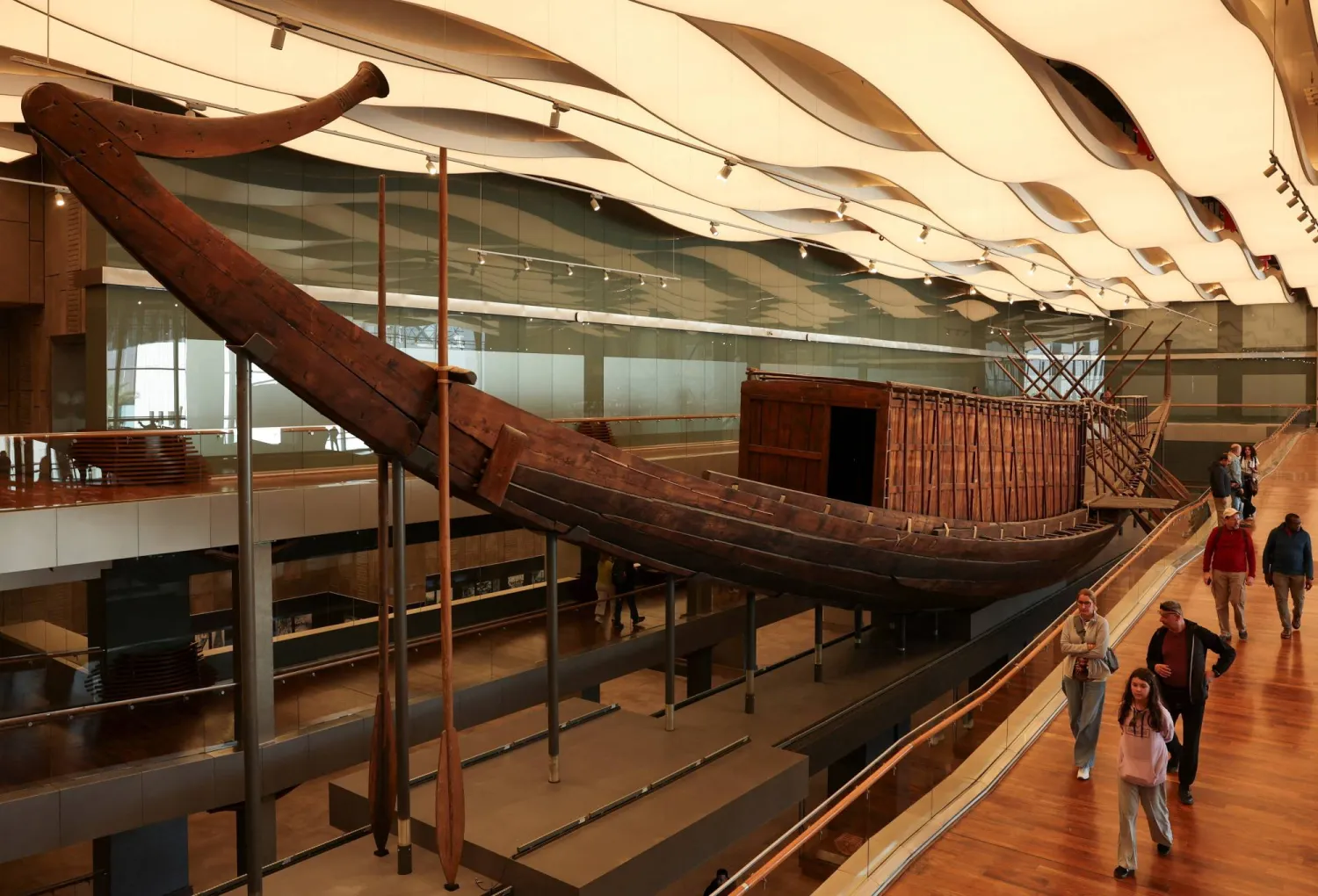The United Nations’ cultural agency rejected recommendations Wednesday to place Stonehenge on the list of world heritage sites in danger over concerns that Britain’s plans to build a nearby highway tunnel threaten the landscape around the prehistoric monument.
UNESCO experts had recommended listing Stonehenge, a prehistoric stone circle on a plain in southern England, as “in danger” over controversial plans to redevelop the nearby highway that would include the creation of a new tunnel aimed at trying to ease traffic along a stretch of road widely prone to gridlock.
Had the 46th session of the World Heritage Committee in New Delhi backed that recommendation, then British authorities would have come under pressure to think again.
UNESCO says a site’s inclusion on its List of World Heritage Sites in Danger is not punitive. Rather, it is aimed at drawing international attention to the urgent need for conservation measures and “encourage corrective action.” If issues are not rectified, sites face the possibility of being de-listed by UNESCO, though that is rare.
Britain was joined by others, including Kenya and Qatar in arguing that efforts to mitigate the effect on the site of the planned tunnel were sufficient and that it should not be added to the “in danger” list.
A spokesperson for the British government welcomed the decision over what is one of the country's “oldest and most celebrated sites.”
Stonehenge was built on the flat lands of Salisbury Plain in stages, starting 5,000 years ago, with the unique stone circle erected in the late Neolithic period about 2,500 B.C.
It was added to the UNESCO World Heritage List in 1986 — an honor bestowed upon sites that have special cultural or physical significance.
The highway project, which has been touted for decades and mired in legal challenges, is aimed at trying to ease traffic along a stretch of road prone to gridlock by moving the main highway underground and slightly farther away from the famous stone circle.
The A303 highway, which is a popular route for motorists traveling to and from the southwest of England, is often severely congested around the single-lane section of road near Stonehenge. As part of widespread improvements, a two-mile tunnel is being planned that will effectively remove the sight and sound of traffic passing the site, and cut journey times.
The plan has faced fierce opposition from local residents and archaeologists, as well as concern from UNESCO, over potential damage to the environment, wildlife and possible new archaeological finds.
Last week, campaigners seeking to halt the plan began their latest legal challenge at the UK's Court of Appeal.
Kenya, in amending the recommendation to list the site as in danger, focused on the fact that the main stone circle would be farther away from the road with the new construction, and not the experts' assessment that the road project would significantly impact the greater site. It also noted that Britain had considered more than 50 proposals for the highway plan.
After rejecting the proposal to list Stonehenge as in danger, the committee agreed to ask Britain for an updated report on the state of conservation of the property by December 2025.









